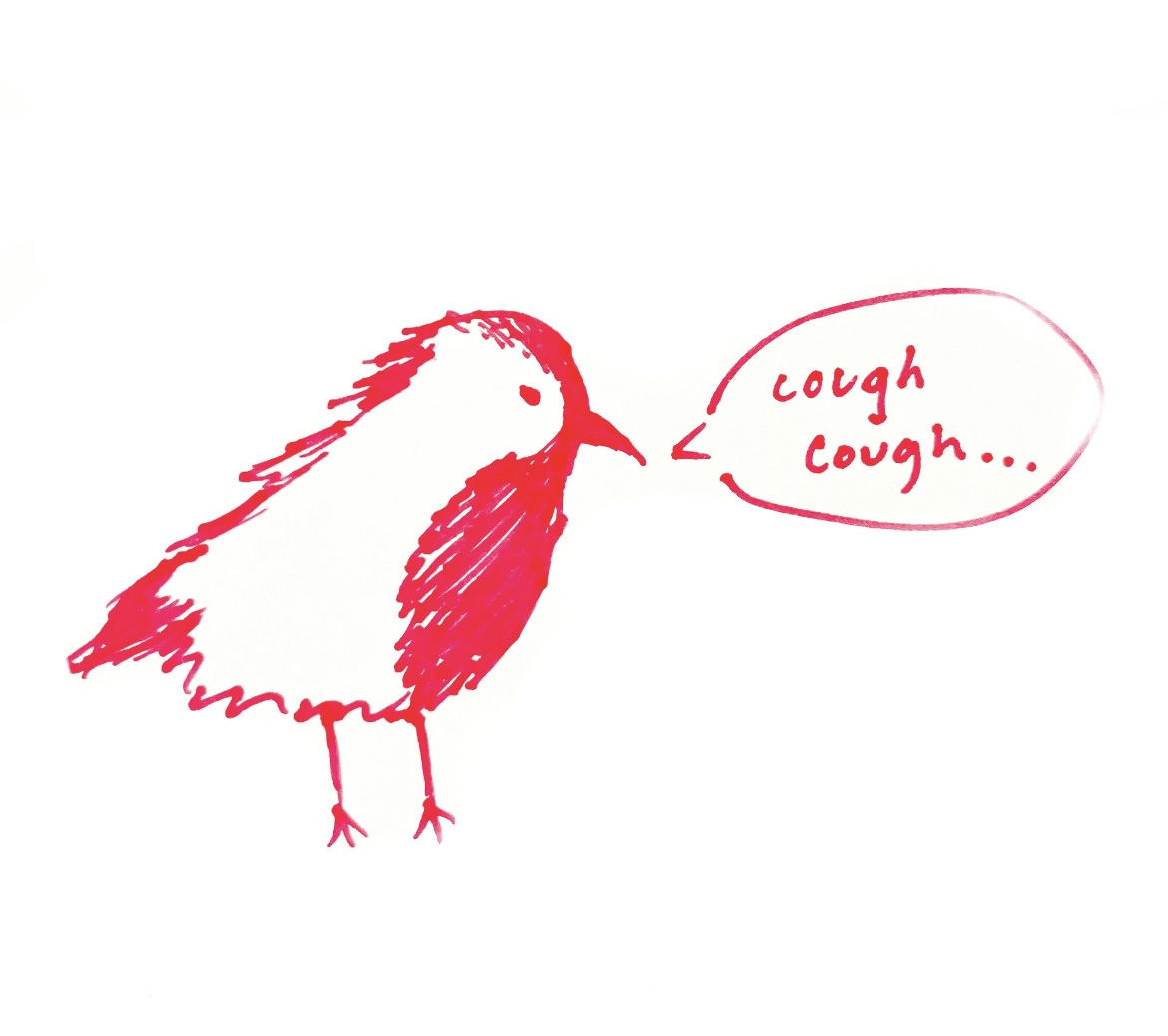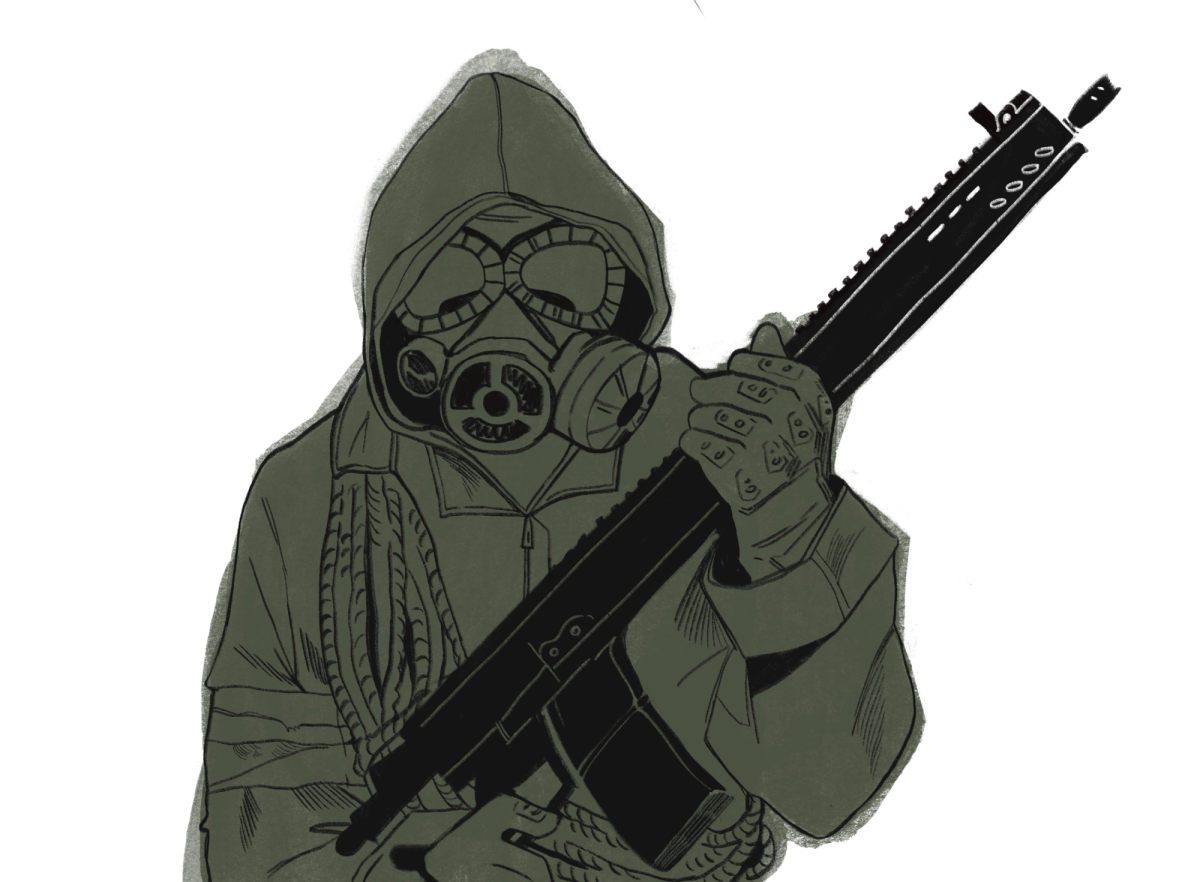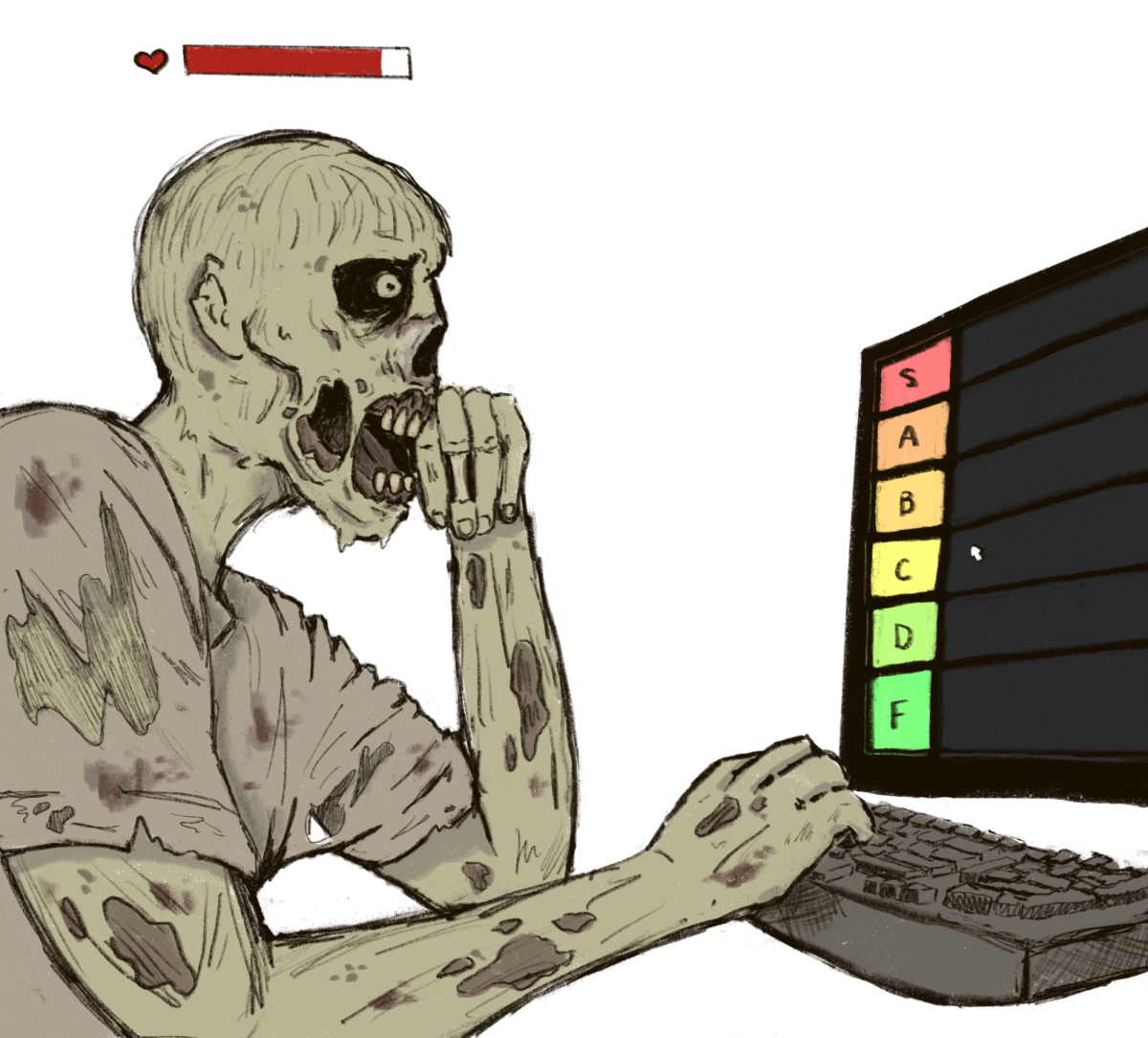When students on campus returned from Summer Break this year, they were greeted by Frog Feet.
Walking down the steps of Reid Campus Center, a red and yellow glass sculpture resembling amphibian appendages stood in a landing as they descended to the Post Office or the Bookstore.
While this glass sculpture by Washington artist Dale Chihuly, which was donated to the college, is familiar to the Whitman community, the way in which it and other art pieces on campus were acquired is a bit of a mystery.
Behind decisions like the one made last year to install Chihuly’s piece is the Art Advisory Committee, which is comprised of faculty and staff that meet once or twice a semester. They are charged with working with the administration to build and maintain Whitman’s rapidly expanding art collection.
Daniel Forbes, the committee’s leader and the director of the Sheehan Gallery, said that the committee’s role is a mixture of determining what to do with donated art and making conclusions of its own about what kinds of works to purchase for the college.
Committee members discuss a wide variety of questions when thinking about acquiring more pieces.
“Why is this work something we want to have in our collection? How does it contribute to our liberal arts agenda? How could this be a resource for the faculty? It’s really multifaceted, these considerations,” said Forbes.
Most interesting, though, is the advisory role of the committee. While its members do discuss issues like the ones Forbes raised, ultimately decisions over what to either purchase for the college or accept as donations are up to the administration. This relationship is enhanced by the committee’s connection to Whitman’s president. President George Bridges, who is finishing his last semester at Whitman, appoints committee members and has been involved in the committee’s activities.
Peter Harvey, who is not only a member of the committee but also Whitman’s treasurer and chief financial officer, says that the committee’s role is simply to offer recommendations administration regarding the college’s art collection.
“The Art Advisory Committee advises the President of the college on art,” said Harvey in an email. “They make recommendations on the acceptance of gifts of art, locations of art on campus and purchases of art.”
Ultimately, Forbes says the administrative connection is positive and that Bridges’s role has been a very supportive one.
“One of the things I have appreciated about George Bridges is that, while this is an advisory committee and he is apprised of all committee business, he has really trusted the individuals on the committee to make many decisions,” said Forbes.
Other members on the committee, however, view this relationship between the administration as less positive. Associate Professor of Art History and Visual Culture Studies Matt Reynolds teaches classes on contemporary art and has been on the committee since his arrival at Whitman in 2008. He questions the effectiveness of a committee that has a completely advisory role.
“[I] wonder what impact we actually have in terms of making decisions,” he said.
“It wasn’t ever presented to the committee as an option or something we could decline,” said Reynolds referring to the case of Frog Feet.
Reynolds also expressed a personal lack of enthusiasm for Chihuly’s work generally and suggested the piece was “a little generic.”
“I don’t think [Frog Feet] stamps Whitman as a unique place,” said Reynolds. Though he expressed reservations with the case of the Chihuly, he still believes that the committee does “valuable, exciting work” in bringing art to campus.
The Chihuly case illustrates that donations, especially those destined for the permanent collection, are very important to Whitman.
“Art comes to the college in a variety of ways,” said Forbes, adding that donations are accepted with the consideration of the benefits they would provide the college.
Most institutions like Whitman rely somewhat heavily on resource donations, and art is regarded as one of those resources. According to Forbes, it can get tricky when a donor comes to the administration and Art Advisory Committee with a specific piece in mind (and in the case of the Chihuly, a specific location).
During discussions about what pieces to purchase or accept as donations, committee members raise concerns about maintenance, long-term investment, the fit of the piece with Whitman’s mission and collection as a whole, and it’s potential to engage students and faculty on campus.
Works that have come through the committee include some of the campus’ most unique works.
The college’s Collections Committee, established last year to help Whitman develop its art holdings and hone the mission of the collection, shares many of the same concerns as the Art Advisory Committee. Its main difference is in its areas of jurisdiction. While the Art Advisory Committee is primarily concerned with works of art and their locations on campus, the Collections Committee oversees the collections in the Maxey Museum, the Sheehan Gallery and the Northwest Archives, in addition to maintaining and developing collection policies and educational opportunities for students.
Forbes mentioned work from Northwest artists as a potential future focus for Whitman’s collections. The college, with help from the Art Advisory Committee, recently purchased pieces by the late Seattle-based painter Jacob Lawrence.
In addition to expanding the Northwest collection, Forbes is hoping to grow the college’s print collection. He views print as a unique medium that requires less maintenance and protection than a painting or sculpture. Prints by James Turrell, a well-known artist who works with light and space, were also recently added to the collection.
The Art Advisory Committee is also currently working with an established, well-known artist to purchase a large public art piece for campus. Though Forbes said he would rather not name names, he and Reynolds both hinted that the acquisition (which could happen as soon as the end of this year) would be a great resource for the college.
The college is using a fund specifically designated for art acquisition, the Gaiser Endowment, to purchase the yet-unknown piece. The Whitman community will have to wait for more information, but the process itself shows how complicated art purchases can be.
“I’m super excited … The work is amazing,” said Forbes.
“There’s lots to consider,” he said of acquiring any piece. “We talk about where to put the art. We think about whether students will interested, and if it’s good for the college.”
According to Reynolds and Forbes, the coming months could bring some change to the way the committee operates. With President Kathleen Murray set to start work in July, the way that the committee relates to the administration could change.
“I don’t imagine that it will happen right away, but she may want to make some changes [to the committee],” said Forbes.
Forbes believes that Murray, a trained musician, could continue her stewardship of the arts of which she has made a focus in her work at other institutions.
“I’m very hopeful given her involvement in the arts herself,” said Forbes. “We’ll just have to wait and see.”










